The Intersection of Law and Artificial Intelligence
₹595.00
The Intersection of Law and Artificial Intelligence explains core AI concepts (ML, NLP, autonomous systems) and maps them onto legal problems: regulation, accountability, IP, data privacy and rights. It surveys global regulatory approaches (EU AI Act, US sectoral model, China’s strategy), explores liability and ethical challenges in criminal justice and the workplace, and reviews IP and patent issues for AI-generated works. The book closes with international cooperation, future legal challenges (quantum AI, cross-border data) and concrete policy recommendations for harmonized, human-centric AI governance.
9 in stock
You may also like it
-

Ashok Stambh Wooden Pillar – Symbol of Indian Heritage
₹1,500.00Original price was: ₹1,500.00.₹1,000.00Current price is: ₹1,000.00. -

Lawyers Mug Tea Coffee Mugs Crafted by Naveen's
₹495.00Original price was: ₹495.00.₹400.00Current price is: ₹400.00.
The Intersection of Law and Artificial Intelligence is a cross-disciplinary handbook that brings legal analysis to the technical, ethical and policy challenges of modern AI. Beginning with accessible primers on machine learning, NLP and autonomous systems, the book maps technological features to legal risks—data protection obligations, automated decision-making transparency, and evidence admissibility in courts. It compares regulatory models (the EU’s risk-based AI Act, sectoral approaches in other jurisdictions and international soft law), and presents a robust analysis of liability: product liability, developer/integrator responsibility, and models for strict, vicarious and shared liability. Intellectual property chapters evaluate patentability and authorship issues for AI-generated works, trade-secret strategies and licensing pitfalls. Practical modules address GDPR compliance, right-to-erasure, algorithmic impact assessments, explainability (XAI) requirements, auditing and vendor due diligence. Application-focused sections cover predictive policing, healthcare AI, autonomous vehicles and financial robo-advice—each with case studies, legal tests and mitigation checklists. The final chapters offer policy recommendations for international harmonization, standards adoption and future challenges (quantum AI, governance of foundation models). Combining legal doctrine with technical clarity and actionable compliance tools, this volume is both a classroom resource and a practical manual for counsel, regulators, compliance teams and technologists navigating AI’s complex regulatory landscape.
| Weight | 5 lbs |
|---|
Featured Products
By using this website you agree to our Privacy Policy.


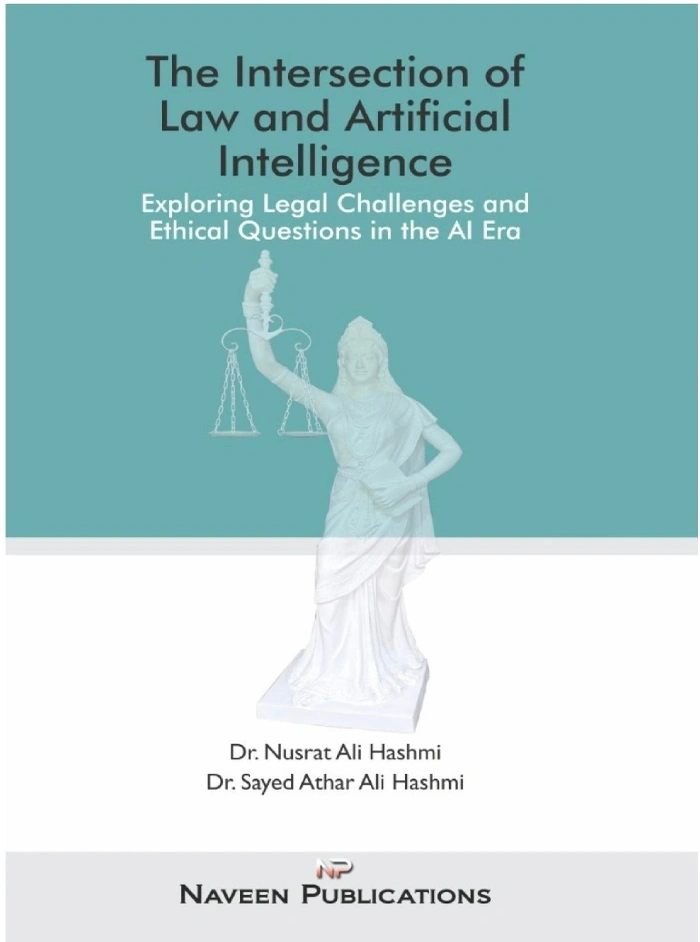
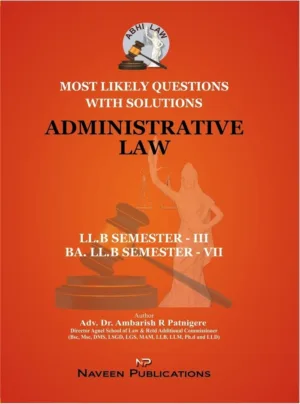
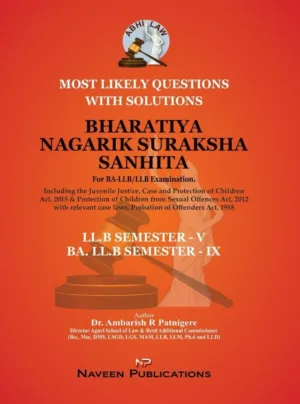
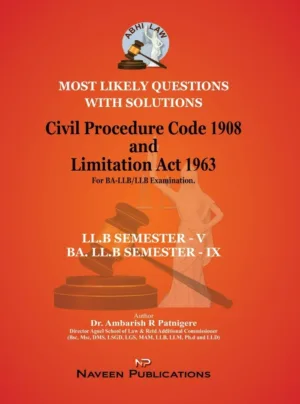
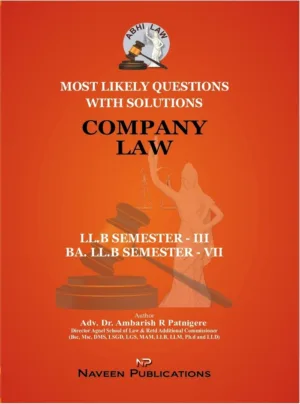
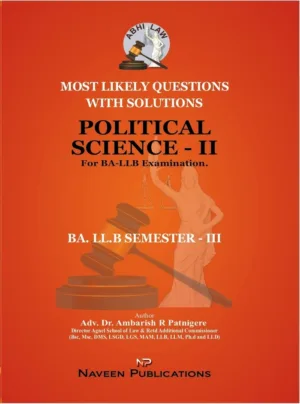
Reviews
There are no reviews yet.